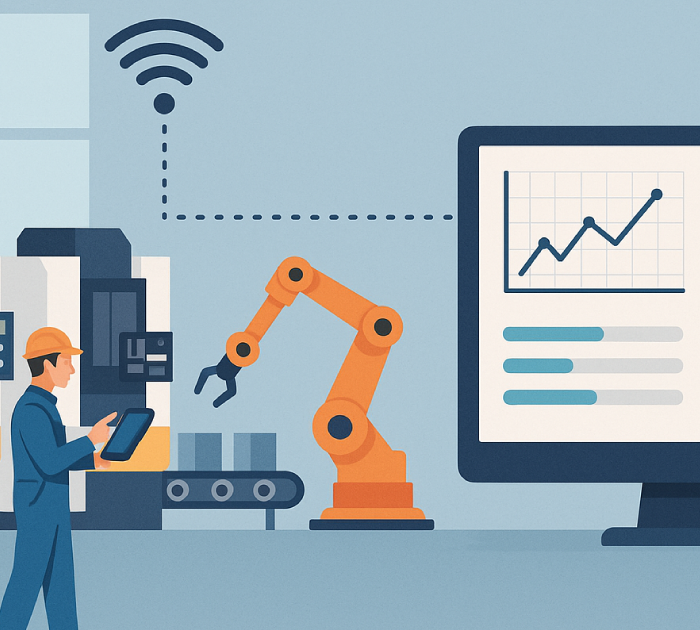In today’s fast-paced world, customer expectations are at an all-time high. Quick, seamless service without excuses or delays is now the standard. For field service providers, staying competitive means meeting these demands head-on, and the good news is that field service technology has transformed how teams operate. By making fieldwork more connected and responsive, it helps keep customers happy and loyal.
Let’s look at how tools like digital signatures, precise route planning, and real-time updates keep teams in sync and customers satisfied.
1. Digital Signatures: Streamlining Approvals
Gone are the days of endless paperwork and lengthy back-office tasks. With digital signatures, field service providers can get approvals on-site, instantly. This feature is a game-changer for both customers and technicians:
- Faster Approvals: Digital signatures allow work orders and service agreements to move forward immediately, preventing delays.
- Reduced Errors: By securing important records digitally, errors are minimized, and everything is easily accessible when needed.
- Enhanced Trust: When customers can review and sign off directly with the technician, transparency is improved, building trust in the process.
Digital signatures eliminate much of the administrative workload, allowing technicians to focus on what matters most—serving customers.
2. Precise Route Planning: Faster Service, Happier Customers
Nobody likes waiting, especially when the arrival time is uncertain. Advanced route planning tackles this by reducing travel times and improving punctuality:
- Reduced Wait Times: With optimized route planning, technicians account for real-time traffic and distances, leading to faster arrival times and happier customers.
- Fewer Missed Appointments: Optimized routes make it far less likely for technicians to miss or reschedule appointments due to delays, providing a smoother, more dependable experience.
- Cost Savings: Fewer travel miles mean lower fuel costs and less vehicle wear, which can lead to more affordable services.
When technicians arrive on time and work efficiently, it demonstrates respect for customers’ time—a surefire way to build loyalty.
3. Real-Time Updates: Keeping Customers Informed
In any service industry, communication is key. Real-time updates allow customers to feel in control and improve their experience:
- Transparency and Control: Customers receive notifications with ETA and any unexpected changes, creating clarity and a positive perception of the service.
- Fewer Surprises: Real-time updates eliminate surprises, ensuring customers aren’t caught off guard by delays or unannounced arrivals.
- Building Confidence: When customers are kept in the loop, it fosters trust, leading to repeat business and referrals.
Providers who prioritize real-time updates build long-term relationships rooted in transparency and respect.
4. Creating a Seamless Experience That Drives Loyalty
When combined, digital signatures, optimized routing, and real-time updates create a seamless customer experience, which is key to customer loyalty:
- Consistent Quality: Streamlined processes reduce frustration, ensuring a high-quality experience every time. Consistency builds reliability.
- Engaged Customers: Digital tools facilitate customer engagement, from scheduling appointments to giving final approvals, fostering a sense of partnership.
- Positive Word-of-Mouth: Satisfied customers not only come back but also recommend services to others, generating valuable referrals.
Ultimately, customer satisfaction comes from showing customers that their time and trust matter. By prioritizing connected, efficient processes, field service providers deliver better service and strengthen loyalty.
The Bottom Line: Field Service Technology Drives Satisfaction and Retention
Field service technology is revolutionizing customer service for various industries. With tools like digital signatures, route optimization, and real-time updates, companies provide faster, more reliable, and customer-friendly service that truly makes a difference.
For providers looking to stay competitive and grow, investing in customer-focused technology is key. These tools enable teams to stay connected, reduce friction, and exceed expectations—leading to happier, more loyal customers.
And as we know, satisfied customers are not only more likely to return but also more likely to share their positive experiences. With field service technology, improving customer satisfaction and retention is within reach.






